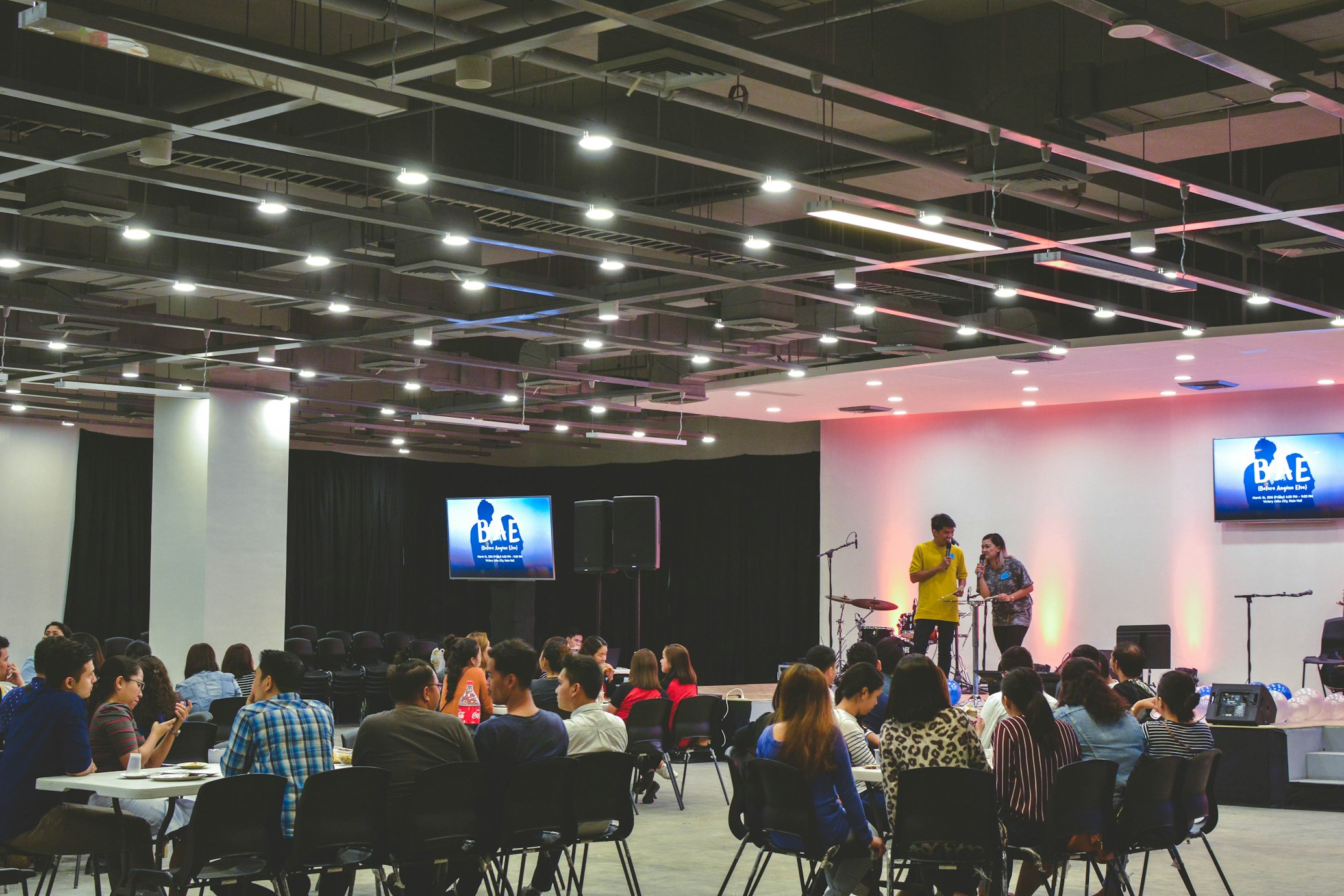Beyond the Textbook
How Students Are Teaching Themselves a Global Climate Curriculum
Forget dusty old maps and static exchange programs. The newest frontier in international education isn't about sending students abroad; it's about bringing a global perspective into every classroom through one of the most pressing issues of our time: climate change. And in a revolutionary twist, the students are taking the lead.
Imagine a classroom where a lesson on ocean acidification is co-taught by a peer in Norway, using real-time data from a fjord. Envision a project where students in Arizona and Kenya collaboratively design a water conservation strategy, blending cutting-edge technology with traditional knowledge. This is the powerful, active learning at the heart of internationalizing the curriculum. It moves beyond simply adding a "global week" to the calendar and instead weaves intercultural understanding and global citizenship into the very fabric of learning. By putting students in charge of teaching climate science, we're not just informing them—we're empowering them to become the solution-makers the world desperately needs.

Students from different countries collaborating on climate projects
Why Go Global? The Theory of Connected Learning
Climate change is the ultimate global "wicked problem." Its causes and effects know no borders, but our educational systems often do. Internationalization of the curriculum (IoC) is the process of intentionally integrating international, intercultural, and global dimensions into the content, teaching methods, and outcomes of a curriculum.
Intercultural Communication
The ability to communicate and collaborate effectively across cultural and linguistic boundaries.
Systems Thinking
Understanding how environmental, economic, and social systems are interconnected worldwide.
Critical Awareness
Recognizing different perspectives on an issue, such as how climate vulnerability differs between nations.
"When students lead the teaching on a topic like climate change, global competencies are not just taught; they are lived and experienced."
A Deep Dive: The "Global Climate Dialogue" Project
To understand how this works in practice, let's examine a hypothetical but representative model experiment: the "Global Climate Dialogue: Student-Led Data Exchange." This project was conducted simultaneously between a high school in Munich, Germany, and one in Mumbai, India, over one semester.
Methodology: Linking Local Observations to Global Patterns
The experiment was designed to move from local data collection to global analysis.
Forming Transnational Teams
Students were paired across schools using a digital platform. Each bi-national team chose a specific climate variable to study.
Local Data Collection
For eight weeks, each student collected data on their chosen variable using standardized, accessible methods.
Data Sharing and Analysis
Teams uploaded their data weekly to a shared cloud-based spreadsheet for comparative analysis.
Collaborative Teaching Session
Each bi-national team co-designed and co-delivered a virtual lesson to the entire combined class.
Results and Analysis: More Than Just Data
The results were profound, extending far beyond scientific metrics.
Quantitative Results
The data revealed clear, student-discovered patterns. Mumbai teams recorded significantly higher PM2.5 levels and more intense, concentrated rainfall events, while Munich teams recorded greater temperature fluctuations.
Qualitative Results
The true breakthrough was in the analysis. Students didn't just see numbers; they started asking "why." They were doing science—forming hypotheses based on observation and engaging in peer-to-peer learning across cultures.
Project Data & Findings
Air Quality Comparison: Mumbai vs. Munich
| Week | Mumbai, India (μg/m³) | Munich, Germany (μg/m³) | Notes |
|---|---|---|---|
| 1 | 98 | 22 | Festival week in Mumbai (higher fireworks usage) |
| 2 | 112 | 18 | - |
| 3 | 87 | 25 | Rain in Mumbai helped clear air |
| 4 | 105 | 20 | - |
| 5 | 132 | 15 | Stable high-pressure system over Mumbai |
| 6 | 78 | 28 | - |
| 7 | 91 | 22 | - |
| 8 | 84 | 19 | - |
| Average | 98.4 | 21.1 | WHO Guideline: <5 μg/m³ |
Student Skill Development
| Skill | Pre-Project Average | Post-Project Average | % Change |
|---|---|---|---|
| Understanding of Climate Systems | 2.1 | 4.3 | +105% |
| Intercultural Communication | 2.8 | 4.5 | +61% |
| Data Analysis & Presentation | 2.5 | 4.1 | +64% |
| Sense of Agency (I can make a difference) | 1.9 | 4.4 | +132% |
Collaborative Project Outputs
| Project Theme | Example Student-Proposed Solution |
|---|---|
| Urban Air Quality | A "Green Corridor" plan linking parks in Munich with a proposal for new vertical gardens on Mumbai school walls. |
| Water Management | A concept for rainwater harvesting in Mumbai shared with a plan to reduce paved surfaces in Munich schoolyards. |
| Waste & Consumption | A joint campaign to reduce single-use plastic in both schools, with shared digital posters in multiple languages. |
The Scientist's Toolkit: DIY Global Climate Research
You don't need a full lab to participate. Here are the essential tools for a student-led international climate project:
Digital Collaboration Platform
(e.g., Zoom, MS Teams, Slack)
The virtual "classroom" and hallway where planning, discussion, and bonding happen across time zones.
Shared Data Cloud
(e.g., Google Sheets, Airtable)
Creates a single source of truth for all teams, allowing for instant comparison and collaborative analysis.
Low-Cost Sensors
(PM, Temperature, pH meters)
Democratizes data, allowing students to become field researchers and generate their own primary data.
Cultural Reference Guide
Student-made document
Prevents misunderstandings and builds cultural fluency, ensuring teams work together respectfully.
The Future of Learning is a Collaborative Effort
Internationalizing the curriculum through student-led climate action is more than an educational trend; it is a paradigm shift. It transforms students from passive recipients of doom-laden headlines into active, empowered, and connected global citizens.
They are no longer just learning about the world—they are actively engaging with it, understanding its complexities through the eyes of their peers, and building the collaborative skills necessary to forge a more sustainable future. By trusting students to lead the way, we are quite literally teaching them to change the world.
